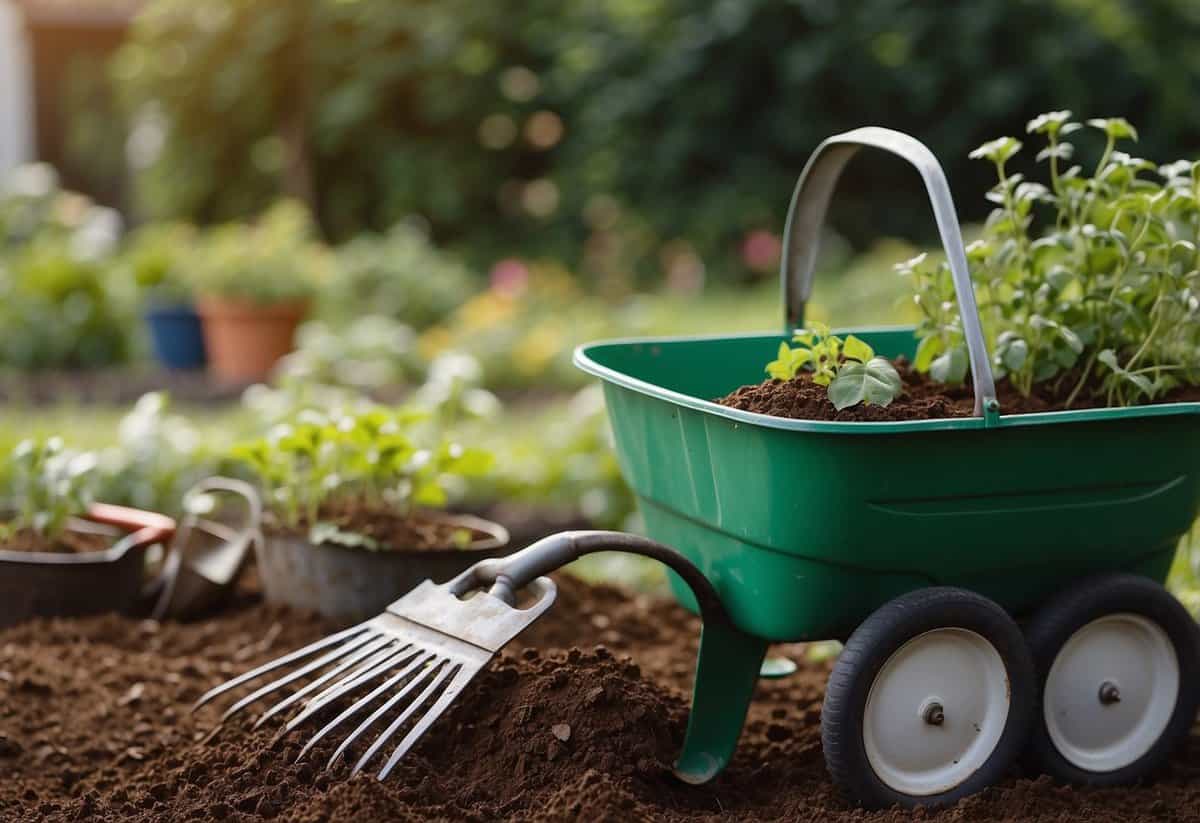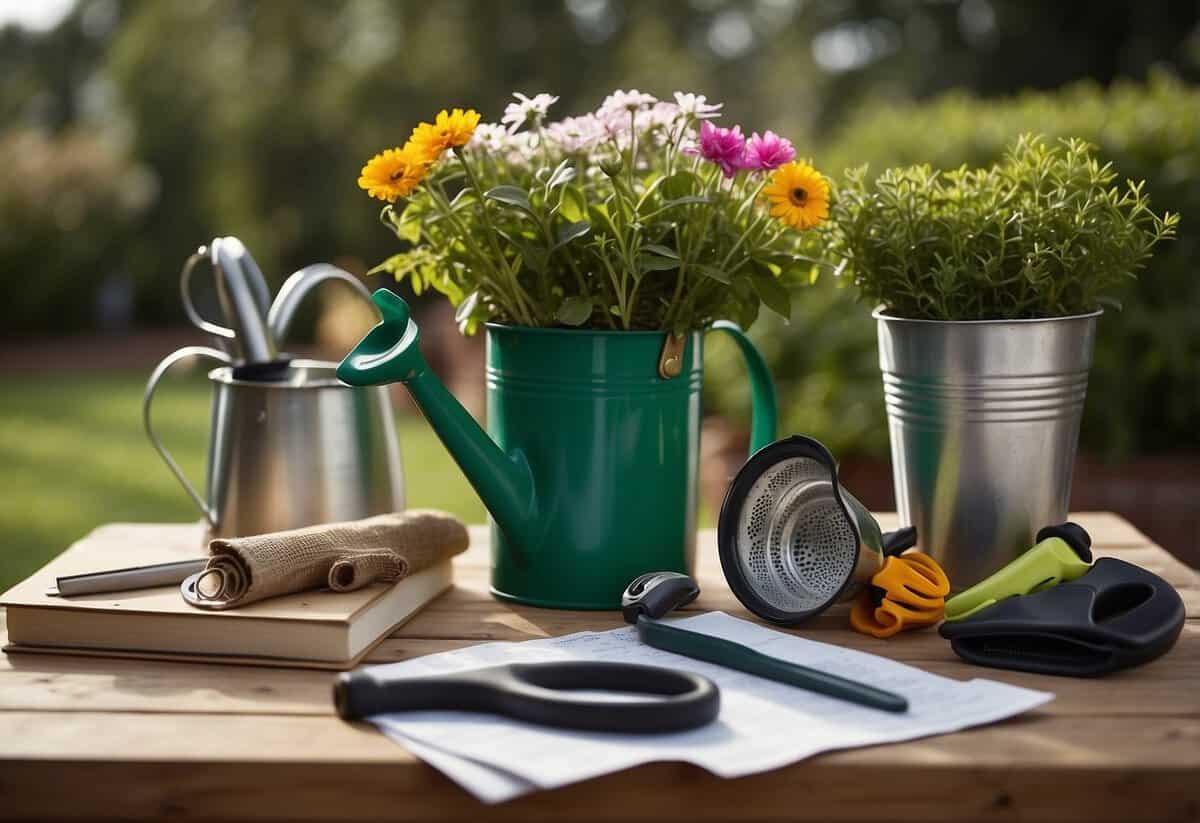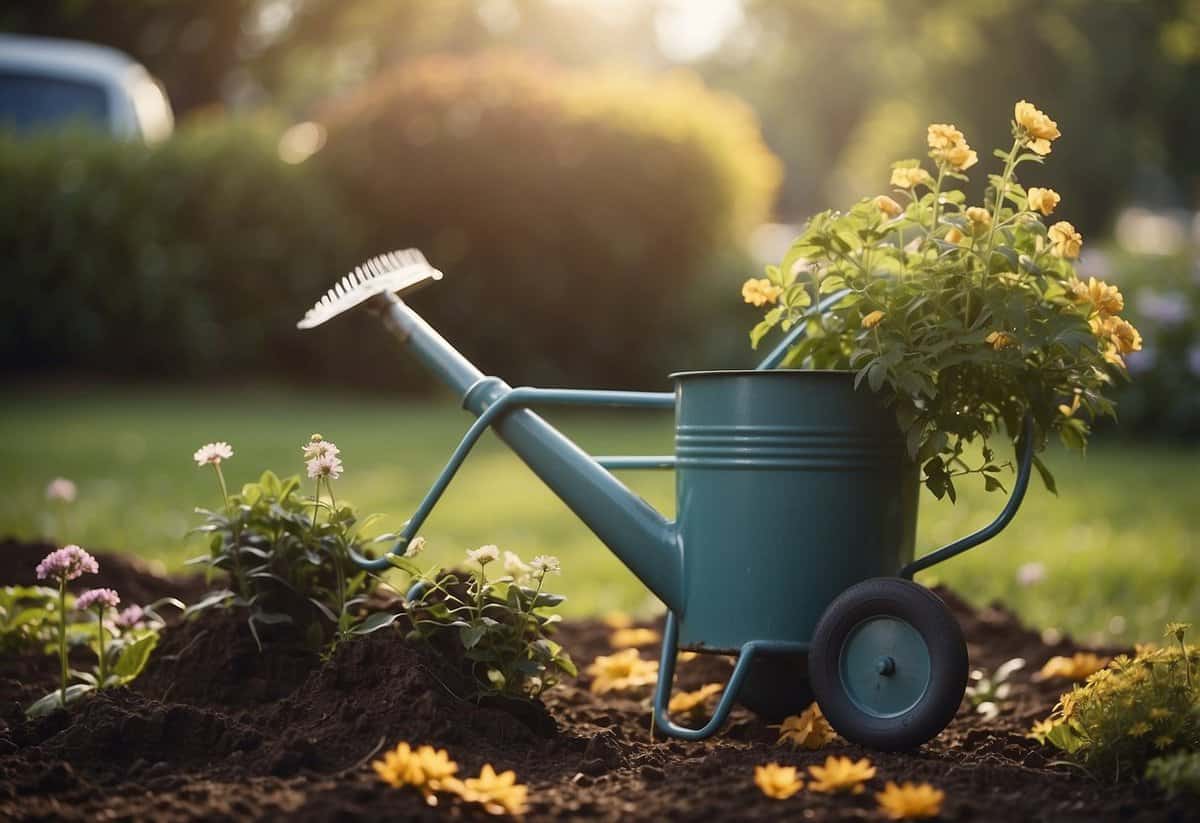How to Garden Maintenance: Easy Tips for a Thriving Yard
Taking care of your garden doesn’t have to be overwhelming. A little planning and regular maintenance can make a big difference in keeping your garden healthy and beautiful. Start by researching the best practices for your specific plants and climate, which will help you avoid common mistakes and ensure your plants thrive.

When it comes to garden maintenance, simple tasks like watering, weeding, and mulching are essential. Water your plants deeply but infrequently to encourage strong root growth, and make sure to pull weeds regularly before they go to seed. Don’t forget to mulch your beds, as it helps retain moisture and suppress weeds.
Protect your plants from pests by setting up barriers such as wire fencing and using organic pest control methods when necessary. Harvest your fruits and vegetables when they are ripe, and prune your shrubs to keep them healthy. With these practical gardening tips, you’ll enjoy a bountiful and beautiful garden all season long!
Planning Your Garden

Before you start gardening, it’s important to plan out the details. This includes selecting suitable plants, understanding soil quality, and designing the garden layout. These steps ensure your garden flourishes throughout the seasons.
Choosing the Right Plants
Selecting the right plants is crucial. Annual flowers like marigolds and zinnias grow well in most climates and add vibrant colors. Consider perennials for long-term beauty without needing replanting every year.
When choosing vegetables and fruits, think about cool-season crops like carrots and broccoli, which thrive in spring and fall. Make sure to check the mature size of plants to avoid overcrowding. Companion planting can also help manage pests and improve growth. For example, plant basil near tomatoes to deter insects.
Understanding Soil Quality
Healthy soil is the foundation of a thriving garden. Conduct a soil test to determine pH levels and nutrient content. This helps you understand what amendments are needed. Add compost or organic matter to improve soil structure and fertility.
Ensure your soil has good drainage. Poorly drained soil can cause root rot. Bulbs like tulips and daffodils need well-drained soil to prevent waterlogging. Regular maintenance such as adding mulch can also help preserve soil moisture and control weeds.
Garden Layout and Design
The design of your garden affects both its aesthetics and productivity. Plan your garden layout considering sunlight and space availability. Sun-loving plants need at least 6 hours of direct sunlight, while others prefer shade.
Create a garden map to visualize where each plant will go. Place taller plants like sunflowers at the back and shorter ones like lettuce in front. This maximizes sunlight exposure. Raised beds and containers are great options if you have limited space.
Incorporate pathways for easy access and maintenance. Group similar plants together, such as all vegetables in one area. This makes watering and harvesting more efficient. Lastly, rotation planning ensures that crops are not planted in the same spot each year, reducing the risk of soil-borne diseases.
Essential Garden Maintenance Tasks

To keep your garden flourishing, it’s important to focus on proper watering techniques, effective mulching and fertilization, and timely pruning and deadheading.
Watering Techniques and Irrigation
Proper watering can make or break your garden. Watering early in the morning or late in the evening helps reduce water loss through evaporation. A drip irrigation system is efficient, delivering water directly to plant roots, maintaining consistent soil moisture.
For smaller gardens, a watering can or hose fitted with a nozzle can help target specific areas. Ensure your plants receive about an inch of water per week. Adapt based on soil type and weather conditions; sandy soils dry out quicker, so they may need more frequent watering.
Mulching and Fertilization
Mulch conserves moisture, suppresses weeds, and adds organic matter to the soil. Apply a 2-3 inch layer of mulch around your plants, but keep it away from stems to prevent rot. Materials like straw, wood chips, or compost work well.
Fertilizing meets your garden’s nutrient requirements. Use a balanced fertilizer or tailor it to specific plant needs. For instance, vegetable gardens often benefit from higher nitrogen levels. Apply fertilizers according to package instructions to avoid over-fertilization, which can harm plants.
Pruning and Deadheading
Pruning and deadheading are crucial for plant health and aesthetics. Pruning removes dead or diseased leaves and branches, encouraging new growth and preventing overcrowding. Use clean, sharp tools to make precise cuts.
Deadheading, or removing spent flowers, encourages plants to produce more blooms. This task is particularly important for annuals and perennials. Regular deadheading keeps your garden looking tidy and vibrant, and helps redirect the plant’s energy into creating new flowers instead of seed production.
Soil and Compost Management

Healthy soil and effective composting are key to successful gardening. Proper soil structure helps plants grow strong, while compost enriches the soil with essential nutrients.
Improving Soil Structure
Good soil structure is important for water drainage, root growth, and nutrient uptake. To improve soil structure, you should consider soil testing. This helps you understand the pH level and nutrient content of your soil. Based on the test results, you can add soil amendments like lime to adjust pH levels or fertilizer to boost nutrients.
Organic matter such as compost or well-rotted manure can improve soil structure by increasing its ability to hold water and nutrients. In sandy soils, compost improves water retention, while in clay soils, it enhances drainage and aeration. Regularly adding organic matter maintains a balanced soil structure, beneficial for plant health.
Creating and Using Compost
Composting is a natural process that turns kitchen scraps and yard waste into rich, organic soil conditioner. Start your compost pile with layers of green materials (vegetable scraps, grass clippings) and brown materials (dry leaves, cardboard). Maintain a balance to ensure proper decomposition.
Turn your compost regularly to aerate it and speed up the process. When the compost turns dark and crumbly, it’s ready to use. You can add it directly to your garden beds or mix it into the soil to improve its nutrient content and structure. Adding up to 3 inches of compost to your garden every year can keep your soil healthy and productive, promoting better plant growth.
For more detailed guidelines on using compost, you can visit Epic Gardening.
Pest, Weed, and Disease Control

Keeping your garden healthy involves managing weeds, protecting plants from pests, and preventing diseases. By following key practices, you can ensure a thriving and productive garden.
Managing Weeds in Your Garden
Weeds can quickly take over your garden, stealing nutrients and water from your plants. To keep weeds under control, start by covering bare soil with mulch or a cover crop. Mulch not only prevents weeds from growing but also helps retain soil moisture.
Pull weeds by hand or use a hoe before they flower and spread seeds. It’s easier to remove weeds when they are young and the soil is damp. Regularly check your garden for new weeds and remove them promptly.
Another strategy is to plant ground covers that outcompete weeds. Keeping your garden beds densely planted minimizes the space available for weeds to grow. Remember to rotate crops to disrupt the life cycle of weed seeds.
Protecting Plants from Pests and Diseases
Protecting your plants from pests and diseases is crucial for a healthy garden. Regularly inspect your plants for signs of damage, such as holes in leaves or discolored foliage. Remove and destroy any infected or dead plant material to prevent pests from sheltering there.
Using organic pest control methods reduces your reliance on harmful chemicals. For example, you can introduce beneficial insects like ladybugs to eat aphids. You might also set up traps to catch and kill pests such as slugs.
Keeping your garden clean by removing plant debris can help reduce the risk of diseases. Fallen leaves and plant debris often harbor pests and diseases over winter. Ensure proper spacing between plants to allow air circulation, which helps prevent fungal diseases. Also, water your plants early in the day to reduce the chances of fungal infections.
By following these approaches, you can minimize the impact of pests, weeds, and diseases in your garden, ensuring a healthy and productive environment.







